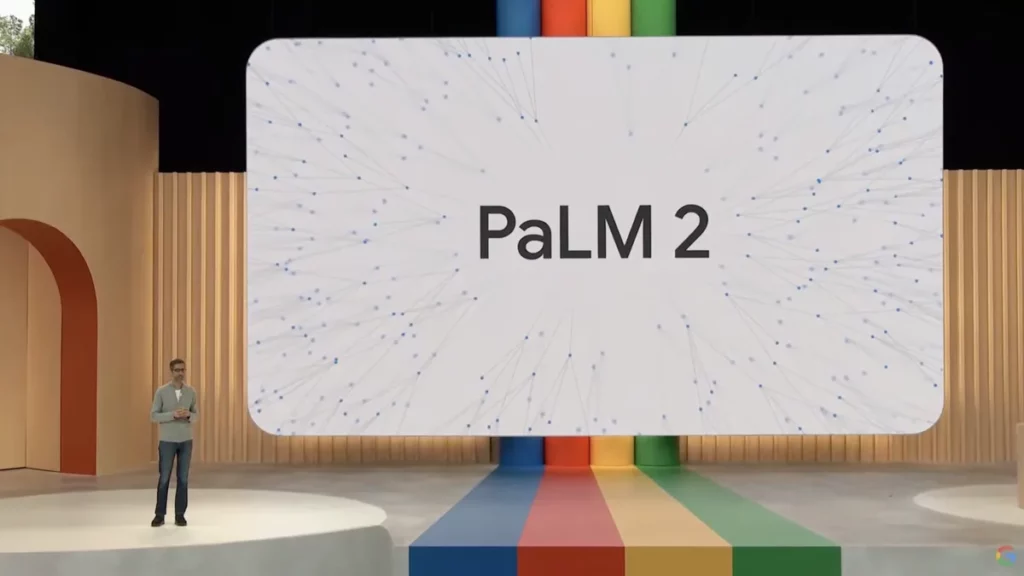BT Group, a leading UK telecom company, has announced its ambitious plan to reduce its workforce by up to 55,000 jobs in the next five to seven years. The company aims to leverage technology, including artificial intelligence (AI), to streamline operations, cut costs, and simplify its business structure.

A Smaller Workforce and Cost Reductions
BT’s total workforce, which currently stands at 130,000 employees and contractors, will decrease to between 75,000 and 90,000 by 2028-2030, according to the company’s recent announcement. CEO Philip Jansen emphasized the goal of relying on a smaller workforce and achieving a significantly reduced cost base through aggressive digitization efforts and organizational restructuring.
Embracing Digitization and Automation
During a call with analysts, Jansen highlighted that approximately 10,000 positions would be replaced by digitization and automation. The CEO expressed confidence in AI’s transformative power, stating that it would enable BT to deliver seamless customer service. AI-powered chatbots, such as “Amy,” have already proven effective in handling customer queries. BT also expressed interest in exploring new products and services that could emerge from generative AI and large language models.
Fewer Personnel Needed for Network Servicing and Repairs
Jansen noted that advancements in digital networks would result in a decreased demand for personnel involved in servicing and repairs. Modern networks experience fewer issues and can be repaired more efficiently than older infrastructure, leading to a reduced labor requirement in these areas.

Telecom Industry Challenges and BT’s Cost-Cutting Measures
The telecom industry has faced significant challenges, with traditional players struggling against competition from tech giants like Apple and Google. McKinsey, a leading consultancy, has pointed out that European telecom companies have underperformed compared to their US counterparts, delivering lower returns to shareholders over the past decade.
BT has already implemented measures to reduce costs, slashing £2.1 billion ($2.6 billion) since April 2020. Although the planned job cuts may seem drastic, industry analysts suggest they are not surprising given the increasing costs and slim margins within the broader telecom business. Matt Britzman, an equity analyst at broker Hargreaves Lansdown, emphasized that once BT completes its broadband and 5G network expansions, the focus will shift towards monetizing the existing infrastructure and leveraging new technologies.
Financial Performance and Investor Concerns
In its financial report for the year ending in March, BT disclosed a 1% decline in revenue to £20.7 billion ($25.8 billion). While Openreach, the company’s fiber broadband network, experienced growth, declines were observed in other business sectors. However, adjusted earnings saw a 5% increase, reaching £7.9 billion ($9.8 billion).
BT’s announcement of job cuts led to an 8% drop in its London-listed shares as investors expressed concerns about increased expenditure leading to a decrease in free cash flow.
Navigating a Transformative Phase in the Telecom Industry
The telecom industry is currently undergoing a transformative phase as companies like BT and Vodafone adapt to the evolving landscape by embracing technology and making strategic workforce adjustments. The coming years will test their ability to navigate these challenges and remain competitive in an increasingly digital world.




